Stupid dances, silly challenges, impulse buying and now Tesco salad bays. Just a few of the many ways TikTok has changed how consumers consume, enjoy themselves and also how businesses do business.
Tesco’s new in-store ‘salad creations bays’ announced this week were inspired by the “TikTok healthy eating trend”.
Social media users are increasingly posting pics of their salads online, and Tesco promptly hopped on the trend to inspire (and cash in on) a desire for more salad personalisation, promising to help shoppers more easily fulfil their leafy food needs.
Getting consumers to eat more greens is an obvious win, but what are the potential pitfalls of jumping on a social media trend? And what does Tesco’s move say about the power of TikTok and the like on business?
Social represents the ‘extremes’ of the world
“It’s obviously a good PR hook,” says social media consultant Claire Hagen. “If you’re appealing to young people and trying to get them in store with interactive and immersive experiences, then this works. It’s going to get younger people, who want to replicate the healthy eating trend, in-store.”
Hagen might have a point about engineering new ways to motivate shoppers to come into stores. While a good deal of younger shoppers believe traditional supermarkets will play a role in their future, compared to boomers and gen X only half of young millennials and gen Z envision their future grocery shopping being mainly in-store. Not to mention, almost a quarter of millennials and gen Z are influenced by social media when buying groceries.
“Social is incredibly important and a lot of brands use it to decipher what consumers want,” social media expert Samuel Morgan-Smith echoes. “It doesn’t have to be about what they’re purchasing, it could be about lifestyle choices, and [like Tesco has done] how to make something easier and more accessible for shoppers.”
But there are some likely negatives. Social media represents the extremes in the world, and relying on the social zeitgeist usually results in something being short-lived. Take Prime’s quick rise and demise as an example.
“Using social media to inform big business decisions can be dangerous,” Hagen warns. “It represents the most shocking, emotive, surprising or weirdest things in the world at the time. If businesses are paying more attention to this, then they may end up relying on a churn of novelty food trends to increase sales – really, how many times can you create shock or awe in a supermarket? It’s not sustainable.”
TikTok salad inspiration ‘a bold move’
However, Morgan-Smith does argue Tesco’s open use of TikTok to inspire in-store change is “bold”, adding: “A lot of [Tesco’s] contemporaries use it to communicate offers, but to use it to inform store organisation is quite forward-thinking.” Yet he also warns retailers should avoid focusing entirely on trends, otherwise “they might lose out on catering to the needs of their broader customer base”.
Tesco hasn’t made drastic changes to its business based on the healthy eating trend. In fact, it’s built a story around a category that can sometimes be uninspiring by implementing a three-step story for customers to follow: base, builder and topper. Linking it to videos of beautiful salads on TikTok is just a good PR stunt.
But social media remains a fickle beast. What’s hot today can be stone cold the next, so reliance should be limited. Again, hark back to Prime. The brand’s social prominence led retailers to stock masses of the product, but once it fell out of favour, they were left with too much stock on shelves.


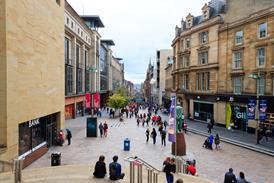


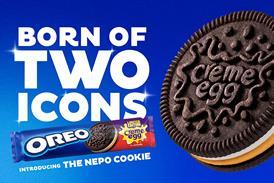


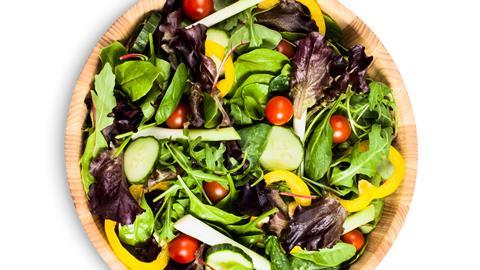

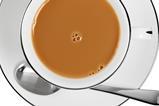

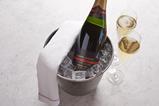

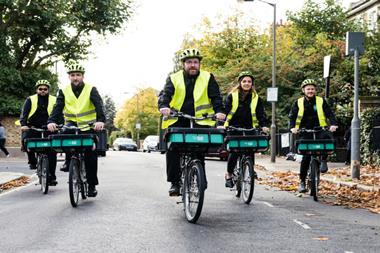
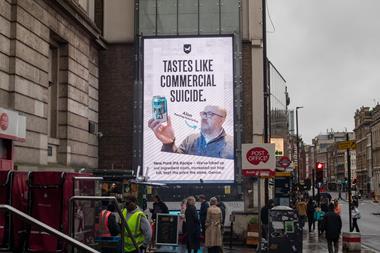

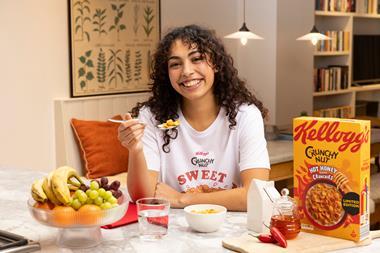
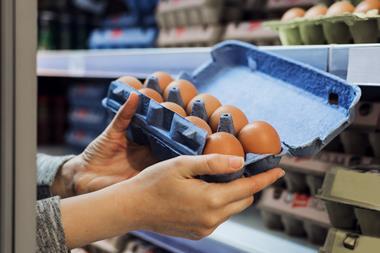






No comments yet